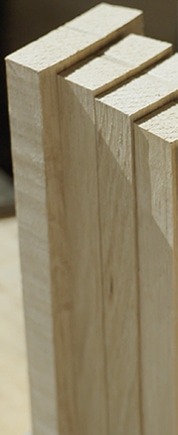
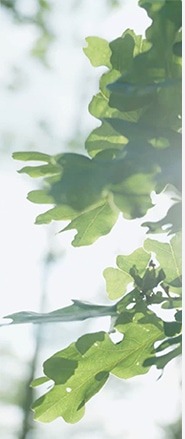

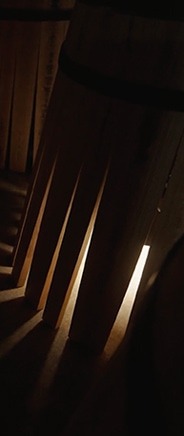


taking care of
the living

In the world of Tonnellerie Darnajou, we aspire to take care of the Living: whether it be the oak, the wine, or the human. We advocate for the awakening of the senses and the feelings of each individual with the aim of building a strong collective and supporting the material of wood and wine in its revelation.
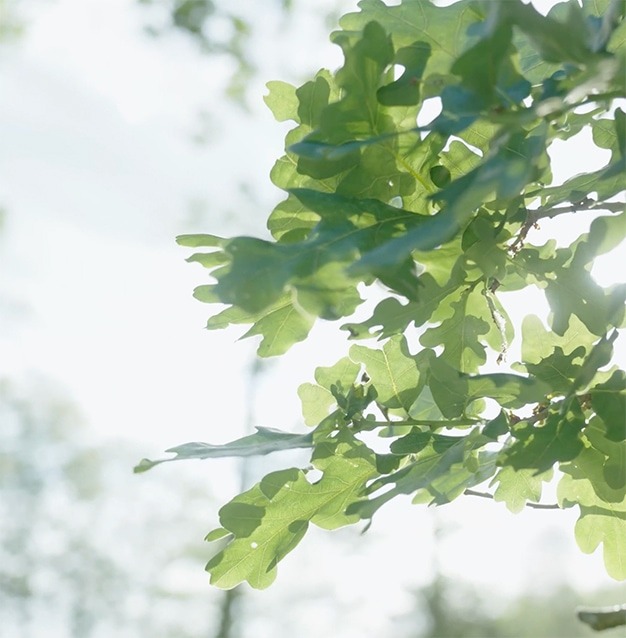
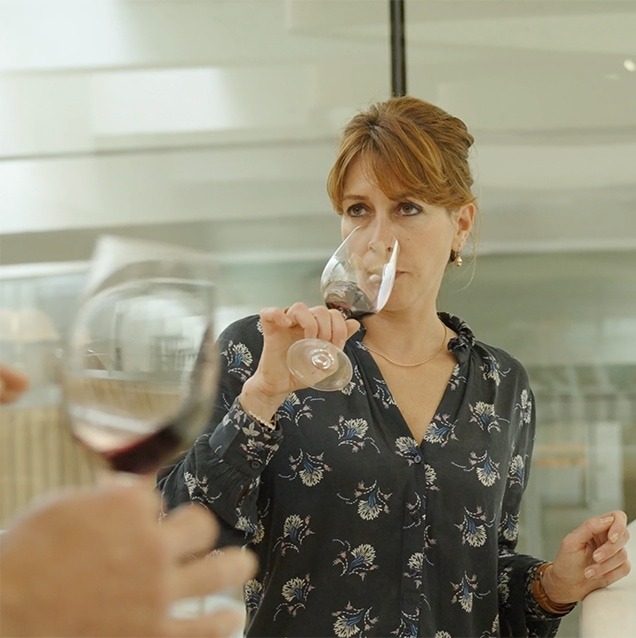
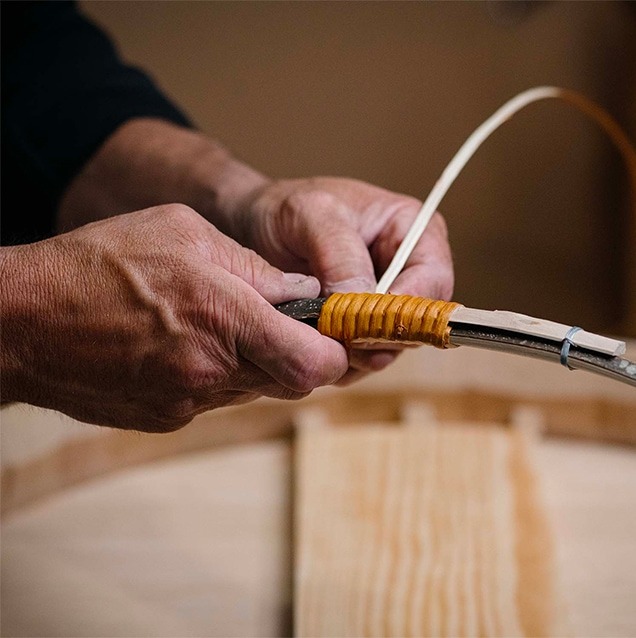
What brings us
together
Respect
Respect is the cornerstone of our company, a fundamental and universal value shared by everyone in our team as well as with our partners. This commitment guides our interactions and decisions, ensuring an environment imbued with dignity, fairness, and mutual consideration.
trust
Trust is at the heart of our cooperage, considered a foundational element that is cultivated and deepened through our actions and commitments. This trust, essential in both our internal relationships and with our partners, is the driving force behind our progress and the glue that strengthens our cohesion and collaboration.
cohesion
The depth and durability of relationships are essential by placing the satisfaction and consideration of all stakeholders at the heart of our concerns. We are committed to maintaining relationships based on reciprocity.
precision
Precision is our credo, permeating every gesture and decision within our cooperage. This quest for excellence extends to our collaboration with partners, establishing a common language of rigor and finesse that transcends the boundaries of our company to become a shared value, celebrated and lived daily by all who interact with our company.